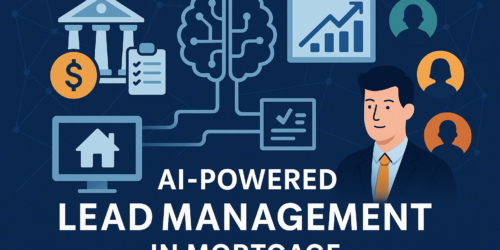What's in this article?
In predictive AI, data quality is everything. Just like a weather forecast relies on accurate data, your business predictions are only as good as the data they are built on. If your data is messy or inconsistent, your predictions will be unreliable.
That’s why investing in data standardization in AI is crucial. At ProPair, we’ve spent about 50% of our R&D over the past seven years perfecting our data processes. This automation is some of our most valuable intellectual property because, in the world of AI, garbage in equals garbage out.
Do you want to learn how to use predictive data in your sales and marketing? Schedule a Demo Today!
The Importance of Data Integrity
The importance of data integrity must not be overlooked. Maintaining data is essential when using AI for business predictions. Dynamic databases, new data sources, and multiple administrators can lead to inconsistencies. This can skew your predictions, leading to poor business decisions.
Clean data for predictive AI ensures that models are accurate and reliable.
If you ignore data integrity, you risk leaving your business outcomes to chance. In predictive AI, small errors in data can lead to large errors in predictions. For example, if customer data is not standardized, your predictive models may misunderstand customer behavior patterns, resulting in inaccurate lead scoring or poor sales forecasts.
The Role of Data Standardization and Integration
Data standardization in AI ensures that all data fields follow consistent formats and rules. This can include making sure that dates are formatted the same way across all records or that product names are consistent. Data integration means combining data from different sources into a unified view, ensuring that there are no duplicates or missing information.
These processes are not just about generating clean data for predictive AI; they are about creating a strong foundation for your AI models to learn from. Without this foundation, even the most sophisticated predictive models will struggle to deliver accurate insights.
Read More: Discover how predictive AI can streamline your data and enhance your business forecasting.
Keeping Up with Dynamic Data
In today’s fast-paced business environment, data is constantly changing. You may be adding new data sources or changing how data is collected and stored. This means that maintaining data integrity is not a one-time task but an ongoing process. Regular audits and updates are necessary to keep your data accurate and up-to-date.
This is especially important for companies that rely on AI for decision-making. Any data collection or management changes can affect the performance of predictive models. It’s essential to have processes in place to ensure that your data remains clean and standardized, even as your business evolves.
Avoiding the Pitfalls of Bad Data
Using poor-quality data in your predictive models can be as bad as making decisions with no data at all. Inaccurate predictions can lead to misguided strategies, wasted resources, and missed opportunities. That’s why it’s crucial to invest in data quality in AI from the start.
Best Practices to Maintain High Data Quality in AI
- Regular Data Audits: Periodically check your data for inconsistencies, duplicates, and missing values.
- Clear Data Governance: Establish clear rules for how data should be collected, stored, and managed.
- Use Automation: Implement automated processes to regularly clean and standardize your data.
Final Thoughts
Predictive AI can provide powerful insights, but only if it’s built on a solid foundation of clean, standardized data. Without this, even the most advanced AI tools can fall short. Data quality is about avoiding errors, maximizing the value of your predictive models, and making better business decisions.
Accurate and well-integrated data can unlock the full potential of predictive AI and make more informed, data-driven decisions.


